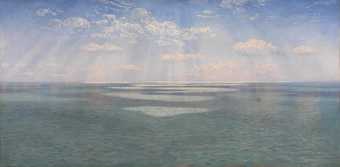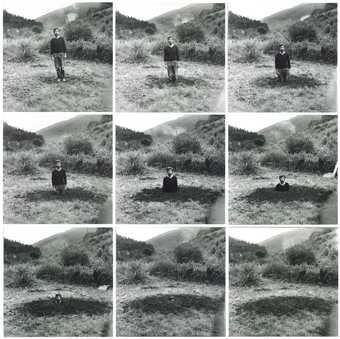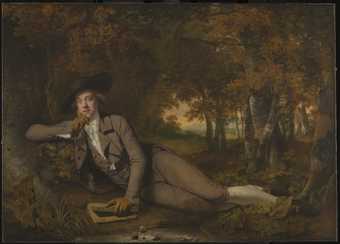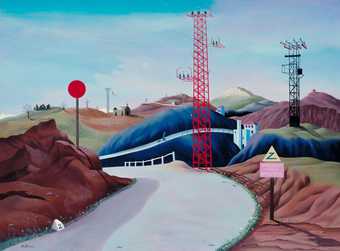With special after-hours access to Tate Britain’s newly unveiled BP Walk Through British Art, we look at works by John Constable, Richard Long, J.M.W. Turner, Gilbert & George and others – plus exhibitions of L.S. Lowry, William Blake and more. We read and discuss short texts from new nature writers and psychogeographers including Robert Macfarlane, Iain Sinclair, Jay Griffiths, and Rebecca Solnit to frame our thinking about 'the city' and 'the countryside', and how these key concepts reflect and re-imagine a changing Britain.
This course is for writers, artists and anyone interested in exploring their environment through writing and visual art. Through optional writing exercises there is the opportunity to create a new piece of prose or poetry. Sessions combine a variety of approaches, from talks by the course tutor, short readings and general discussion, small-group work, individual tasks, peer and tutor feedback on your work and ideas.
is a freelance artist, writer and curator. His audio-poetry landscape artworks include Fourth River and the Public Record series. He has curated a groundbreaking exhibition by London writers and published scores of reviews and articles on contemporary art and culture.

John Brett
The British Channel Seen from the Dorsetshire Cliffs (1871)
Tate
Course outline
Week One: Setting out
June 14
In the first session, we will orient ourselves to the journey at hand: discussing the importance of walking in British art and writing, and strategies for digging beyond what we see in a landscape by engaging all of the senses. We’ll investigate how writers and artists haunt their landscapes with history, memory, and myth and in the galleries look at specific artworks with very different takes on landscape, to discuss what lies unspoken within them.
Week Two: Getting lost in the countryside
June 21
In this session we discuss ideas of the romantic sublime, and the use of epic and 'wild' landscapes in writing and art. In the galleries, we will look closely at artworks that offer the viewer opportunities to give in to the countryside’s world – or that sacrifice the artist to the sublime. We will see how wildness can be used in our own writing.
Week Three: Taming the view
June 28
One of the oddest inventions of the 18th century was the Claude glass, a portable mirror that allowed one’s surroundings to be viewed in the muted, framed style of a painting. In this session we discuss the Claude glass and its descendants: the picturesque ideal of the English countryside’s ruins, gardens and fields, and how these concepts translate into modern writing and art. We’ll practice using, or escaping, such a view of the landscape in our own thinking and writing. In the galleries, we’ll look at artworks that attempt to tame the view – and works that play with the very possibility of such taming.
Week Four: Dirty water
July 5
In many cities, the river provides a point of contact between the urban landscape and the world of nature. We will use the river to discuss the importance of 'liminal space' in contemporary urban psychogeography and new nature writing: the edgelands and margins where city and country meet, and where history and memory gather. Then, in the galleries, we will discuss artworks that use rivers to explore the city, and its history, from nature’s vantage.
Week Five: The in crowd
July 12
No image is more definitive of the city’s landscape than that of the crowd, and it can be seen as a central character in works from L.S. Lowry to Tony Cragg. We’ll discuss the way that the crowd is represented – or implied – in writing and artwork, and use its presence or absence in our own writing to evoke the condition of modern urban landscape. In the galleries, we will discuss how the representation and abstraction of the crowd – and the ‘crowd mentality’ – operates as a critical aspect of all works about urban landscape. We will finish by discussing our pieces of writing developed through the course.

Keith Arnatt
Self-Burial (Television Interference Project) (1969)
Tate

Joseph Wright of Derby
Sir Brooke Boothby (1781)
Tate

